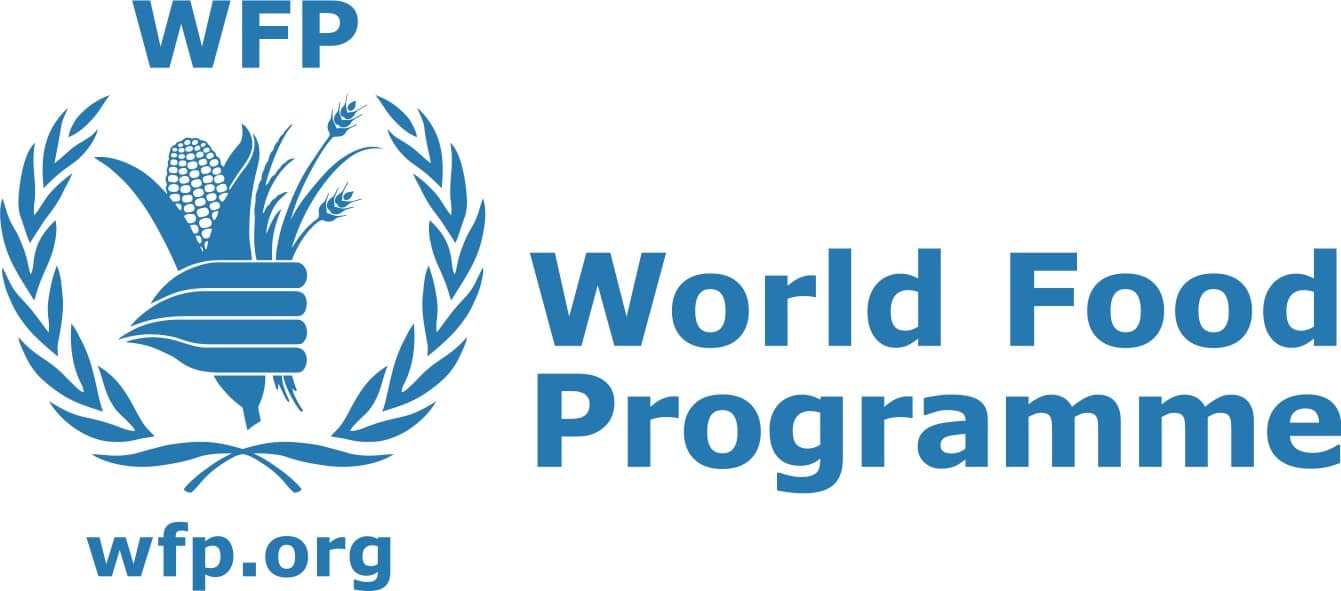The excess liquidity in the banking sector for Fiscal Year (FY) 2021-22 was estimated at Nu 19.9bn, an equivalent to 10.3% of the money supply as compared to Nu 32.2bn in the FY 2020-2021.
The reduction was mainly on account of economic activities picking up and a gradual fall in term deposits, according to the Ministry of Finance (MoF), the Macroeconomic Situation Report of the first quarter FY 2022-23.
However, domestic credit is projected to grow at 16.7% in FY 2022-2023 and 8.6% in FY 2023-2024 in tandem with economic growth and supportive monetary measures.
The liquidity position in FY 2022-2023 is expected to remain just adequate to meet the government’s domestic borrowing and while the continuity of expansionary monetary stance in the medium term is expected to pose risks in meeting the fiscal obligations with crowding out private credit, the report states.
According to the report, the domestic credit growth has increased by 8.5% in the FY 2021-22 compared to 6.5% in the FY 2020-2021 and is determined by developments in the real sector and government expenditure.
The Ministry stated that the growth was mostly accentuated in the trade and commerce, transport and construction sector reflecting pick up in the tertiary sector and also government spending on capital projects.
In terms of soundness of the financial sector, the overall asset quality of the financial institutions improved with the decrease in Non-Performing Loan (NPL) by 33.8% in the FY 2021-2022.
Similarly, in terms of sectoral NPL, the highest was recorded in the service & tourism sector at 31.8%, followed by the manufacturing sector at 19.2%, and the trade and commerce sector at 17.9% showing an adverse impact of the pandemic on these sectors.
Meanwhile, the Royal Monetary Authority’s (RMA) annual report 2022, states that the analysis of liquidity conditions in any banking system is typically based on the analysis of the autonomous liquidity factors. Autonomous factors are defined as the items on the central bank’s balance sheet, both on its asset and on liability sides that are not directly controlled by the central bank.
The liquidity surplus or deficit is determined by the net sum of all autonomous factors. It amounts to the net aggregate liquidity that has been either injected or absorbed by the central bank. If autonomous factors assets exceed the liabilities, the system is in liquidity surplus, and vice-versa.
The banking sector liquidity as of June 2022 stood at Nu 24.4bn, a decrease of 30.5% compared to the previous year. Despite the reduction in excess liquidity, the report states that the bank, in particular, is well-placed to play a catalytic role in supporting economic recovery through the provisioning of domestic credit.
The reduction in surplus liquidity was attributed primarily due to a pick-up in domestic credit growth to private sectors and government borrowings from the domestic market to stimulate growth, reflecting growth in domestic demand and economic recovery.
Based on the end-of-month data from January 2015 to June 2022, the analysis of liquidity development suggests that the structural liquidity surplus in Bhutan was mainly driven by foreign reserves accumulation mainly through inflows of grants, borrowings, and hydropower export proceeds. As of June 2022, the Net Foreign Assets (NFA) stood at 81.8bn attributed to the accumulation of INR deposits maintained with Banks in India.
In addition, the report also states that the growth in Currency in Circulation (CiC) is not linear and suggests strong seasonality and possibly conjectural factors influencing the demand for bank notes. “The CiC has reduced by 12.2% from Nu 153bn in June 2021 to Nu 13.4bn in June 2022 due to shifting toward digital payment.
Similarly, on the other hand, the report states that the Net Domestic Asset has increased by 24.5% from Nu 18.1bn in June 2021 to Nu 22.5bn in June 2022.
Likewise, the Net Government Account (NGA) computed as the difference between total funds in Government Consolidated Account (GCA) maintained at the BoB and advances to the government by the RMA stood at Nu 1.08bn in June 2022.
Meanwhile, the total liquidity surplus in the banking sector as on June 2022 stood at Nu 40.2bn of the total liquidity surplus, the CRR absorbed Nu 13.1bn and in the absence of effective liquidity management tools and an underdeveloped capital market, the excess reserves stood at Nu 24.4bn as of June 2022.
The report also highlights that the distribution of excess reserves amongst the banks in Bhutan differs across the banks. “Since BoBL is responsible for performing the banking operations of the government, the cash balances of the government are held in the consolidated account of the government, which is swept at the end of the day to the RMA.”
Similarly, inflows related to grants and loans on account of the hydropower projects are received mainly in DPNB Bank which is temporarily parked with the banks before disbursing to respective agencies.
The report stated that it is evident that the distribution of excess reserves is not uniform across the banks. “A level playing field in the banking sector is desirable for monetary policy effectiveness in the context of the market-based monetary policy. Measures aimed at reducing the uneven distribution of funds amongst banks is therefore highly desirable for implementing monetary policy operation.”
Meanwhile, as of June 2022, from a total excess reserve of Nu 24.4bn, BoB has the highest share with 73.7% followed by BNB with 10% and BDBL with 6.6%. The remaining is distributed amongst Druk PNB with 5.9%, followed by T-Bank with 2.8% and Digital Kidu with 1%.
Sherab Dorji from Thimphu













